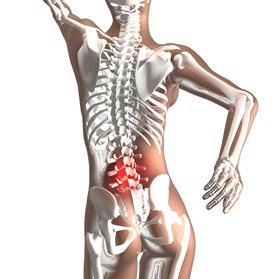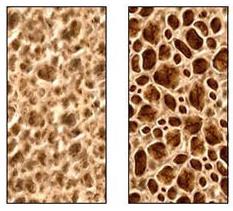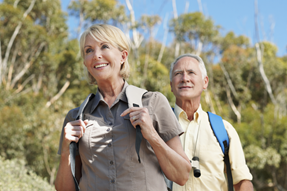Why Does Skeletal Health Matter?
Our bones support us and allow us to move. They protect our brain, heart, and other organs from injury. Our bones also store minerals such as calcium and phosphorous, which help keep our bones strong, and release them into the body when we need them for other uses.
Our bones are alive. Every day, our body breaks down old bone and puts new bone in its place. As we get older, our bones break down more bone than they put back. It is normal to lose some bone as we age. But, if we do not take steps to keep our bones healthy, we can lose too much bone and get osteoporosis.

What is Osteoporosis?
Osteoporosis means “porous bones.” If you have osteoporosis, your bones don’t look any different, but they lose substance as well as calcium and other minerals. As a result, your bones have less strength and are more likely to fracture, particularly if you fall.
The most common osteoporosis fractures resulting from falls are in your wrist or hip. You are much more likely to have compression fractures in your vertebrae, the bones in your spine. A compression fracture is the result of the weakened bone cracking from the normal pressure of being upright. This often results in the curvature of the spine at the shoulders in older people.
Osteoporosis is considered a silent disease because there are often no telltale symptoms until a fracture occurs. In the advanced stages of the disease, you may be alerted by pain or notice symptoms like loss of height.

Early diagnosis can make a difference in your life
The single best predictor of bone strength is bone density. Bone density cannot be determined from plain X-rays, but a specialized technique called bone densitometry can be used to measure the amount of bone present in the skeleton. Research over the past decade has shown conclusively that bone density is related to risk of fracture, in much the same way that blood cholesterol is related to the risk of heart disease. The lower the bone density, the greater the risk of fractures due to osteoporosis.
DXL – Calscan densitometry is a quick an accurate test of your bone mass. A simple scan of your heel-bone can accurately predict the density of the bone in the rest of your body. A risk calculator is available to determine your risk of developing osteoporosis depending on the number of risk factors that you have.


What can I do to prevent Osteoporosis?
Exercise can help to prevent osteoporosis. The pulling and tugging on the bones by your muscles during exercise helps to stimulate bone-making cells and strengthens your bones. Regular weight-bearing exercise throughout life is best, but it is never too late to start. This means exercise where your feet and legs bear your body’s weight, such as brisk walking, aerobics, dancing, running, etc. For older people, a regular walk is a good start. However, the more vigorous the exercise, the better. For most benefit you should exercise regularly – aiming for at least 30 minutes of moderate exercise or physical activity at least five times per week.
Eating the right foods is essential for good nutrition. Our bodies need the right vitamins, minerals, and other nutrients to stay healthy. Getting enough calcium and vitamin D is important for strong bones as well as for proper function of the heart, muscles, and nerves. The best way to get enough calcium and vitamin D is through a balanced diet.

